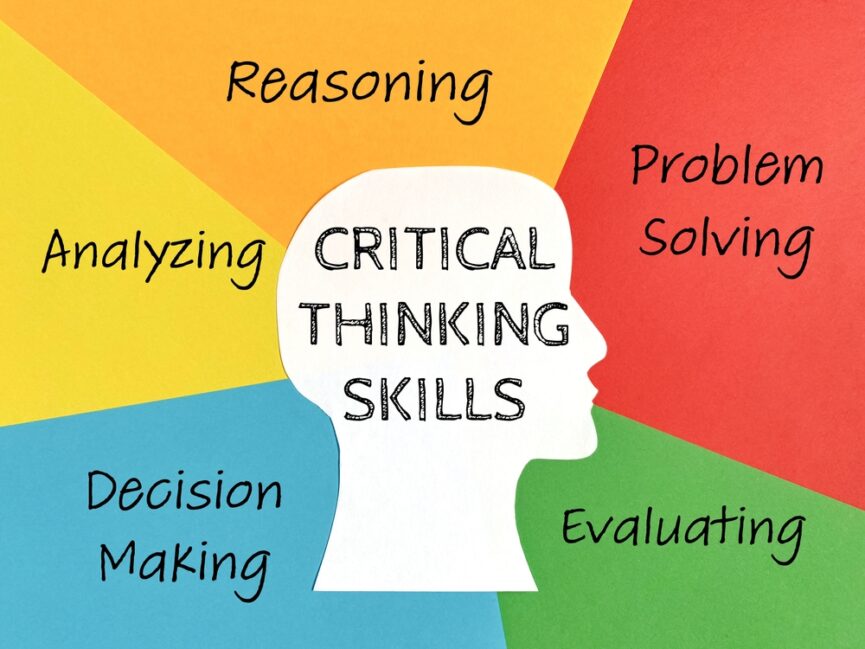Mid-Summer marks the time when parents often share concerns about their children’s losing ground academically. Without summer school or regular skill drills, they fear the dreaded “summer slide.” Knowing the relevant data can help put worries to rest. Peter Gray, Ph.D., professor at Boston College, and author of Free to Learn reviewed the research. He examined studies over the past decades and (remarkably!) found that “as measured by standard academic achievement tests, there is at least as much academic gain during the summer vacation as there is loss.”
This edge is especially true for reading and reasoning abilities. And that makes sense because reading and reasoning are inter-related. There’s no getting around it: language and thinking are intertwined and interdependent within the brain’s structures and functions. Imparting abstract ideas through symbol construction grows cognitive skills—whether on paper or devices, or through Braille or sign language. Enhance language abilities and you enhance thinking abilities. The larger a child’s vocabulary, for instance, the greater his/her/their capacity for higher level thinking skills. Rich and interesting content is especially primo for automatically activating higher level thought processes. Research in both intrinsic motivation and positive psychology demonstrate that curiosity and enjoyment prove central to maximum mind engagement.
Thematic units can be a fun, efficient way to spur reasoning, analyzing, evaluating and decision-making—cornerstones for growing critical thinking skills. I loved using thematic units as a teacher at all grade levels and with my own kids, too, because they provide lots of opportunities for making abundant connections—just what the brain loves to do—make connections between similar and dissimilar things. When we focus on such connections, one or more of the above thought processes naturally activates.
To get started, pick a theme. It can be anything and then add books and all kinds of reading materials, mix in movies, music, art and anything else that either directly or indirectly associates with that theme. For instance, to prepare to welcome two kittens into our home, I conjured a “cat” thematic unit for my sons, then ages 6 and 8. We went to the library and picked out books they could read about the care and feeding of cats and about cats in general. I threw in a copy of Alice in Wonderland, so I could read aloud to them about Cheshire Cat. I also got some coffee table books filled with photos of American mountain lions and African lions and cheetahs. They could peruse the photos and if anything was of interest, I could read it to them. We completed our unit on cats with Garfield comic books and songs from the musical, Cats!
With an abundance of related, yet dissimilar information, we had a bouillabaisse of options to read, ponder, think about and discuss. Emphasizing comparisons is important to garner the executive function—high brain—thought processes. By using comparison and contrast a child’s brain has to reason, evaluate, and deduct. What’s the same and what’s different about a mountain lion and an African lion? Why are mountain lions even called lions, one son wanted to know. That, of course, led to further research and interesting information. How are the Cheshire Cat’s habits like Garfield’s? What about their attitude toward life—similar or very different? I should mention, this sojourn into cats took place without the Internet—so much more could be added now. Think what cute cat videos could display and then compare to wild cats being tamed for circuses. Are circuses even humane? Or are they cruel to the cats? Where will kids’ curiosity take them? Hang on for the ride!
The Summer Olympics provide various topics for thematic units. You could choose a theme of greatness or grit or both. Or you could narrow down to one sport and discuss various athletes. What makes Katie Ledecky great? The New Yorker article has some ideas. “The preeminent swimmer is unique not only for winning races by body lengths—but her emotional and psychological approach sets her apart.” See if the kids agree or disagree. Erin Gemmel dressed up like Katie Ledecky for Halloween when she was 8 years old and as an adult won the Silver Medal along with her idol. What does that say about the importance of role models in childhood? Claire Weinstein, a teenage powerhouse swimmer, is being compared to Katie Ledecky when she swam as a teen in the 2012. It could be interesting to see if these comparisons make sense to the kids. What would they add?
Compare Katie to other greats. What do Katie and Simone Biles have in common in terms of their grit and determination? What do Katie and Michael Phelps have in common? What do Katie and Diana Nyad have in common? Who is Diana Nyad anyway?
Dive into films such as Nyad starring Annette Bening and Jodie Foster and/or Disney’s Young Woman and the Sea, (Is the title a play on Hemingway’s book, The Old Man and the Sea?) the true story of Trudy Ederle, the first woman to successfully swim the English Channel. Both swimmers display extraordinary motivation and determination, not to mention beyond the average human’s physical strength and endurance. Lots to unpack!
Going even further you could compare and contrast the above with the documentary about Diana Nyad, The Other Shore. (They use the real footage form this documentary in the movie version. Can the kids spot it?) Add PBS documentary, Waterman, Duke Kahanamoku’s story and the impact the five-time Olympic medalist had on the world. What new information do the documentaries bring to light?
Thematic Units don’t have to be arduous on our part. The keys are curiosity and fun. So, choose your sport, your favorite athletes and go for it! The year of the Summer Olympics can also be the summer for family thinking fun!
Copyright, Gloria DeGaetano, 2024. All rights reserved.
